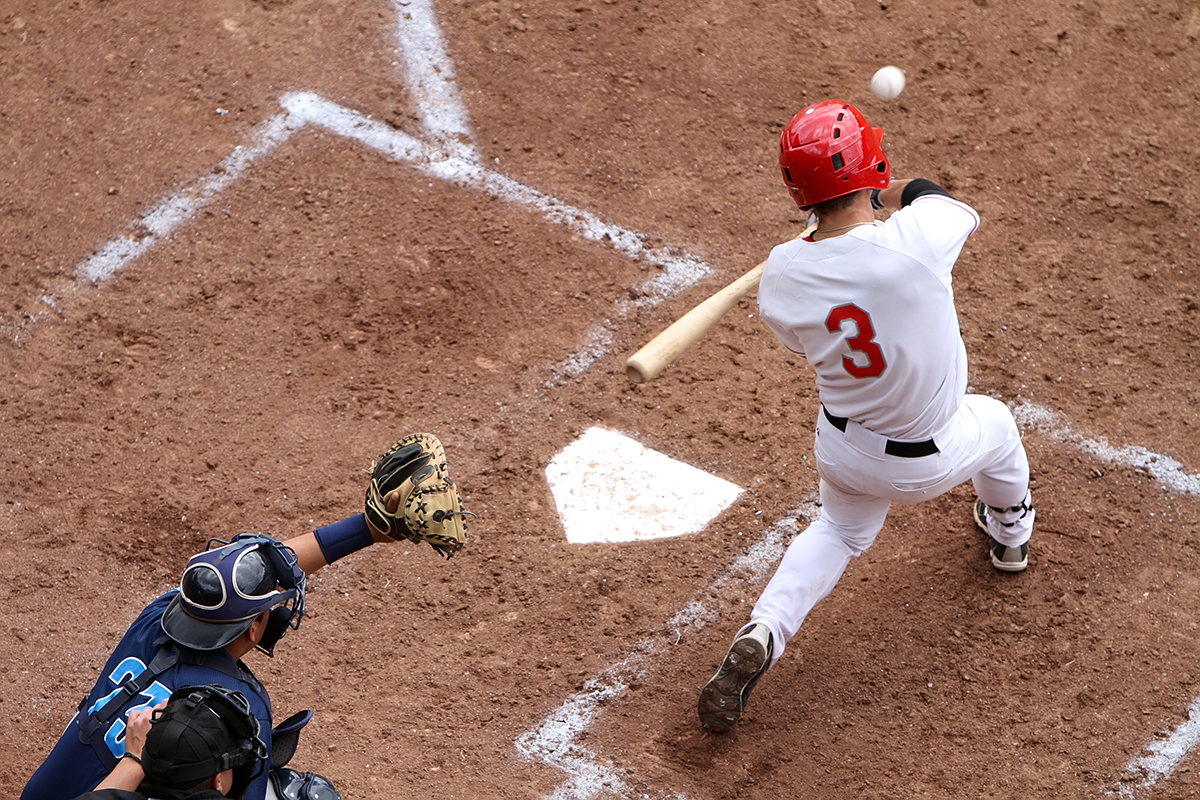If you follow Major League Baseball (MLB), you know that aluminum bats are not allowed on the diamond--but do you know why? It's a question that some avid baseball fans have asked over the years; it may seem strange to think of them as anything but standard equipment for hitting. But behind the rule banning their use by professionals is a range of considerations; let's go over why that is!
They're Just Too Good
Aluminum bats offer unparalleled speed and power to players, allowing them to generate far greater velocity when hitting a ball than a wooden bat. However, for professional players at the Major League Baseball (MLB) level, this velocity can be dangerous for both players on the field and those sitting in the stands. Due to these safety concerns, MLB has chosen not to use aluminum bats in their official competitive games. Instead, opt for the more traditional wooden sticks with slower and less power output. However, aluminum bats remain an attractive option for amateur or recreational play due to their increased performance.
Using an aluminum bat significantly changes how a player can hit a ball. Unlike wooden bats, metal bats can compress upon contact with the ball, giving more energy to travel further. This phenomenon is known as the “trampoline effect,” and its ability to boost hits has garnered a great deal of attention from Major and Minor League Baseball organizations - so much so that it has been deemed illegal for use in these professional leagues. This ban also includes players who attempt to enhance their own “bat-exit speed” by breaking in completely new bats in unorthodox ways, such as rolling it over with a car or other methods not recommended by suppliers.

The introduction of aluminum bats to NCAA teams in the 1970s drastically affected batting averages and home runs. With batting averages rising about 20 points and home runs doubling almost overnight, it was evident that such technology enhanced performances. In light of this, many believed that if aluminum or other metals were allowed in the game, it would lead to records being shattered and the game losing its integrity as a stern test of player talent. There are advantages to using metal bats; however, stringent regulations have been implemented to ensure a fair experience for both teams involved.
Outside Of Pro Play
On July 15th, 1971, just outside of Pittsburgh, the first-ever aluminum bat was introduced in a Little League game. The batter that used this revolutionary bat hit four home runs and drove in twelve runs, a feat rarely seen at the Little League or recreational level. Although collegiate ballplayers mainly endorse aluminum bats to cut down on their expenses when replacing wooden bats, they also have their advantages at the beginner level.

Aluminum bats come with a hollowed structure that makes them significantly lighter than wood bats – an advantage in training novices since they are less taxing to swing – but also more forgiving in regards to connecting with balls placed almost anywhere along the bat. This is an attractive quality for aspiring players of all ages learning how to play baseball. With metal bats speeding up the ball, however, there is potential for injury, which should be considered before choosing between metal and wooden options. New Mexico and the New York City Council have also banned aluminum bats for high school.
This should answer the question, "why do pros not use aluminum bats?" If you want to check out our selection of custom bats made for the pros, check out our incredible selection!

